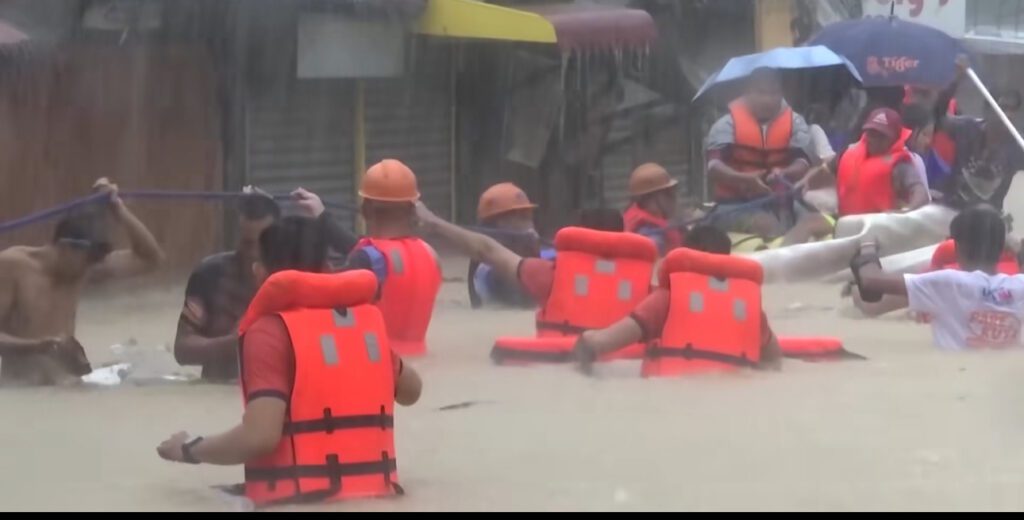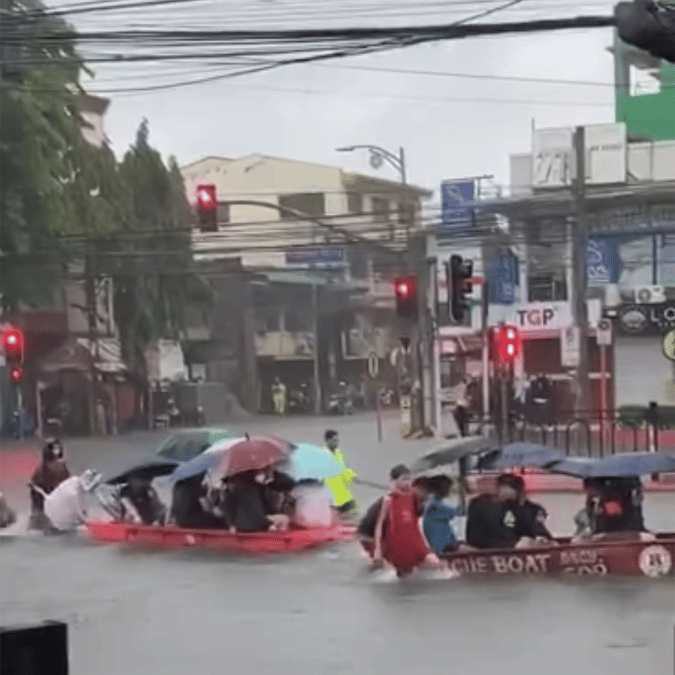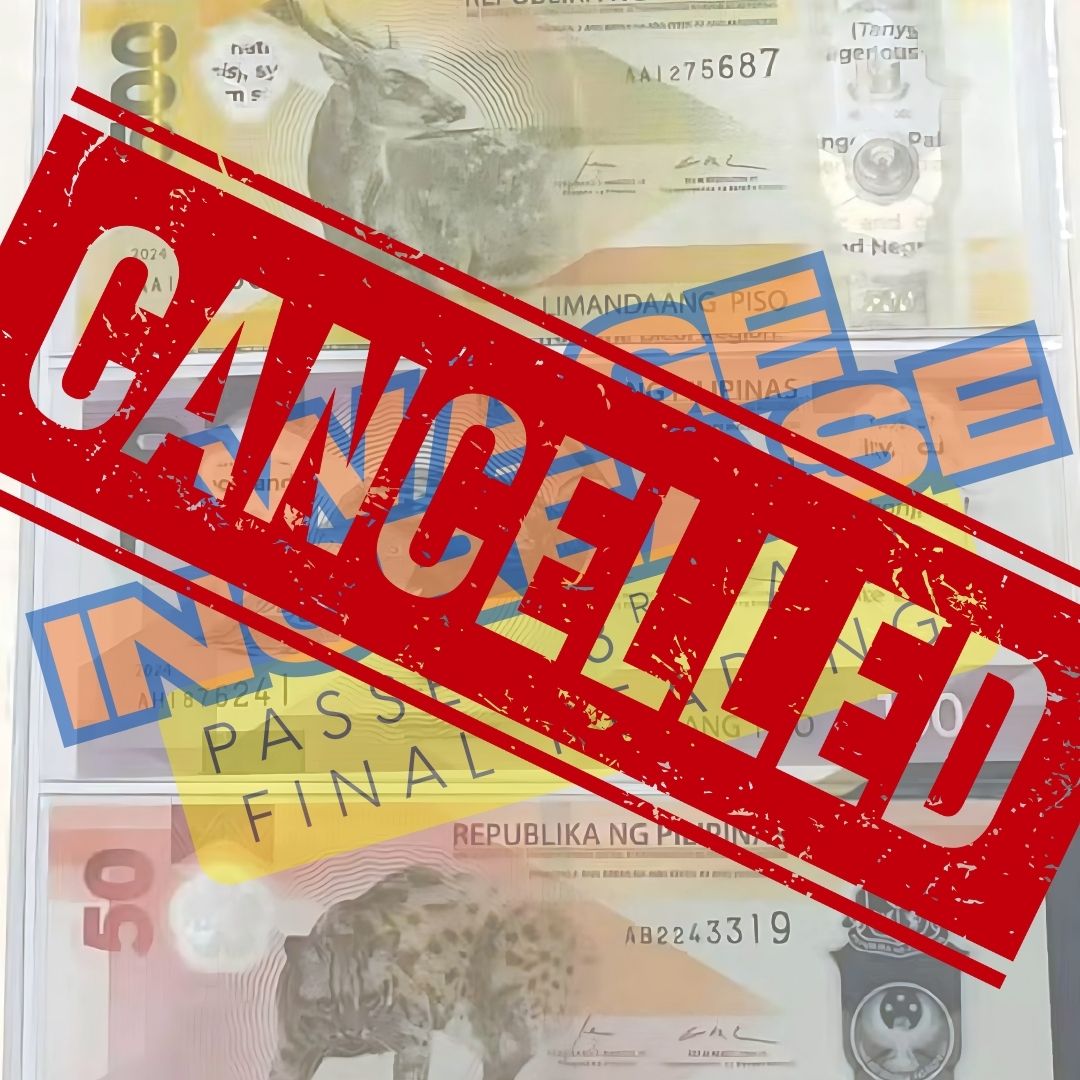Typhoon Carina: A State of Calamity
The Philippines once again found itself in the merciless grip of nature as Typhoon Carina made its presence felt on July 24, 2024. The storm, while not making landfall, intensified the already-potent southwest monsoon, resulting in catastrophic flooding that inundated Metro Manila and the neighboring provinces of Bulacan, Rizal, Bataan and Pampanga.
In a single day, the bustling metropolis of Metro Manila and the serene provinces of Bulacan, Rizal, Bataan and Pampanga were transformed into waterlogged landscapes. The speed with which the disaster unfolded left many unprepared, caught off guard by the relentless onslaught of rain and floodwaters. Homes were submerged, infrastructure crippled, and lives irrevocably altered. Thousands were forced to abandon their homes as rising waters engulfed entire neighborhoods. Schools,businesses, and transportation systems were paralyzed, underscoring the vulnerability of the region to extreme weather events.
As the day turned into night, the situation grew increasingly desperate. Rescue teams worked tirelessly to evacuate stranded residents and provide immediate relief. The full extent of the damage remains to be assessed, but it is clear that the path to recovery will be long and arduous.
The impact was nothing short of devastating. The deluge transformed once bustling metropolis into a watery expanse,forcing thousands to flee their homes and seek refuge in evacuation centers. The situation in Bulacan was equally dire,with entire communities cut off from essential services.
As the floodwaters began to recede, the extent of the damage became apparent. The task of rebuilding lives and livelihoods is monumental. The government faces the daunting challenge of providing immediate relief, restoring critical infrastructure, and implementing long-term recovery plans.
For the residents of Metro Manila, Bulacan, Rizal, Bataan and Pampanga the road to recovery is fraught with uncertainty. The physical scars of the typhoon will heal with time, but the emotional trauma will linger. The resilience that has become synonymous with the Filipino spirit will undoubtedly be tested once more.

Here’s a few updates on how hard Carina hit
Rebuilding After the Typhoon Carina
In the aftermath of Typhoon Carina, the Filipino people have demonstrated an unwavering spirit of resilience. Through mutual aid and community support, they have shown that even in the darkest of times, hope prevails. The ability to find strength in adversity is a testament to the human spirit, a quality that defines the Filipino character.
Rebuilding after Typhoon Carina is not merely about restoring what was lost; it is about creating a stronger, more resilient future. It requires a concerted effort from the government, non-profit organizations, and the community. It demands innovation, collaboration, and a long-term perspective.
The aftermath of Typhoon Carina serves as a stark reminder of the Philippines’ vulnerability to natural disasters. It underscores the urgent need for improved disaster preparedness, early warning systems, and resilient infrastructure. As the nation comes together to aid those affected, it is imperative to learn from this experience and build a more disaster-resilient future.


The journey to recovery is long and arduous, but with each step forward, the nation moves closer to a brighter tomorrow. The resilience of the Filipino people, coupled with the concerted efforts of all stakeholders, will ultimately prevail over adversity.
Rebuilding after a typhoon is not merely about restoring what was lost; it is about creating a stronger, more resilient future. It requires a concerted effort from the government, non-profit organizations, and the community. It demands innovation, collaboration, and a long-term perspective.
Follow our next article to get a step- by- step process on how to best recover from flood damages






